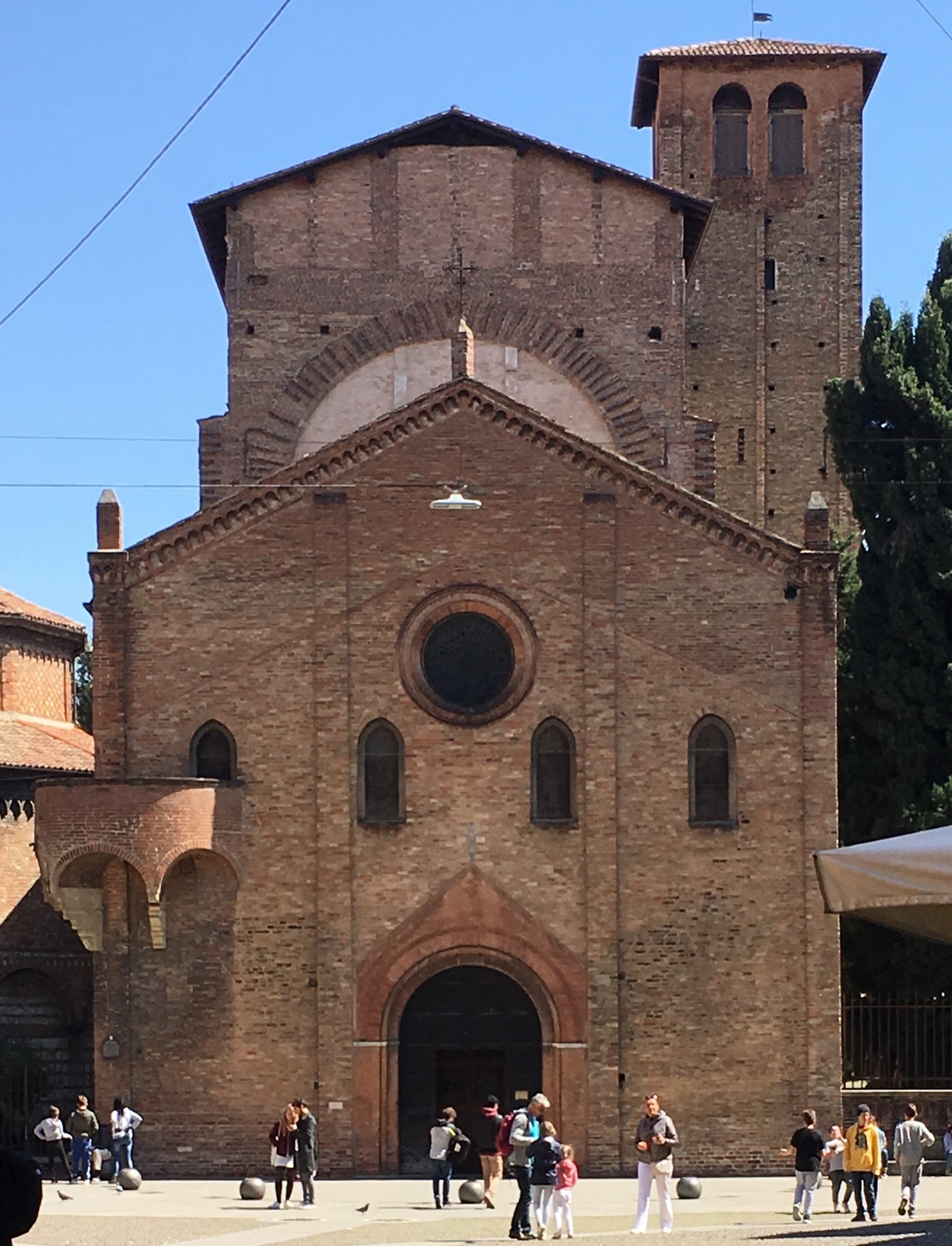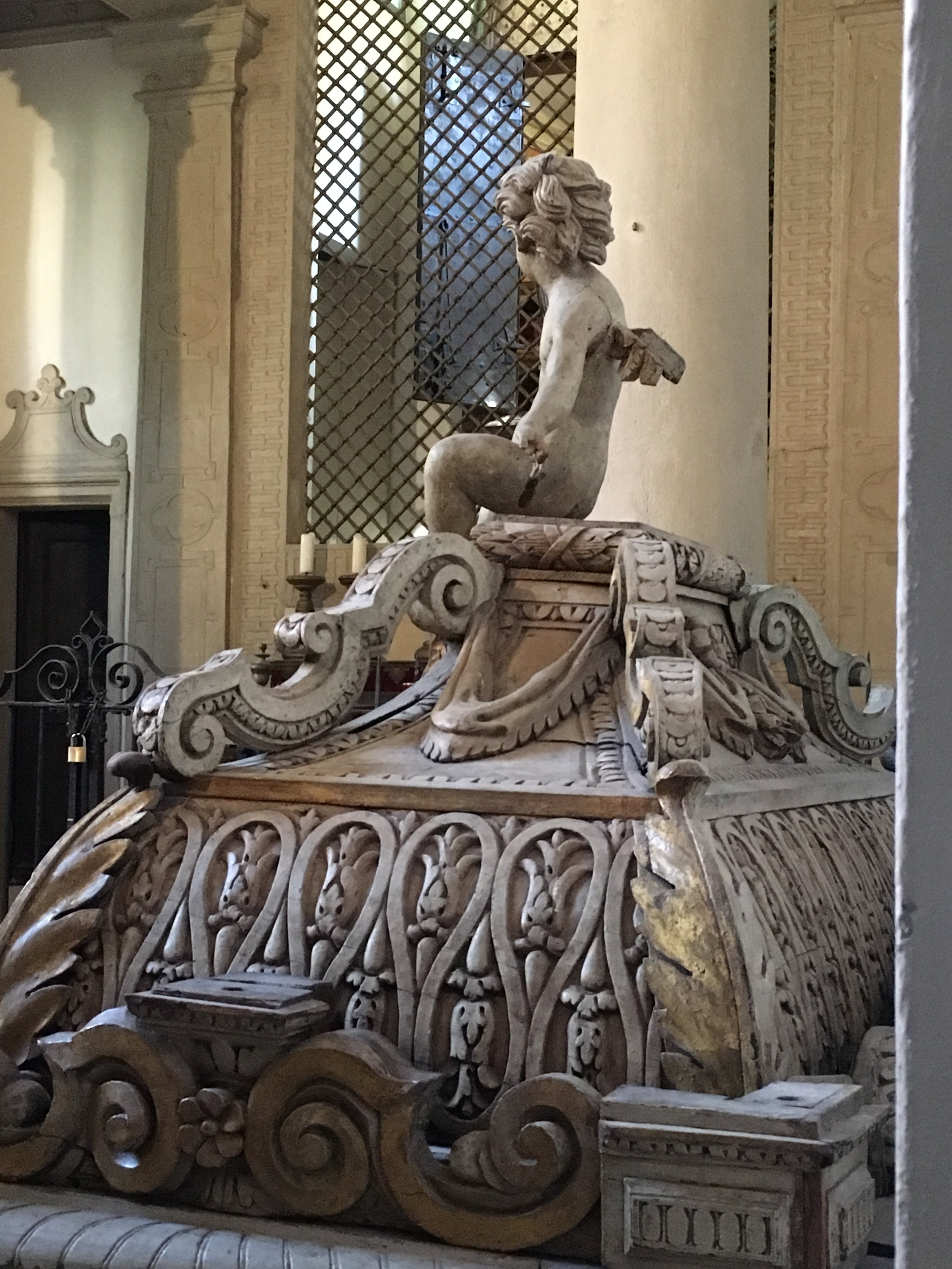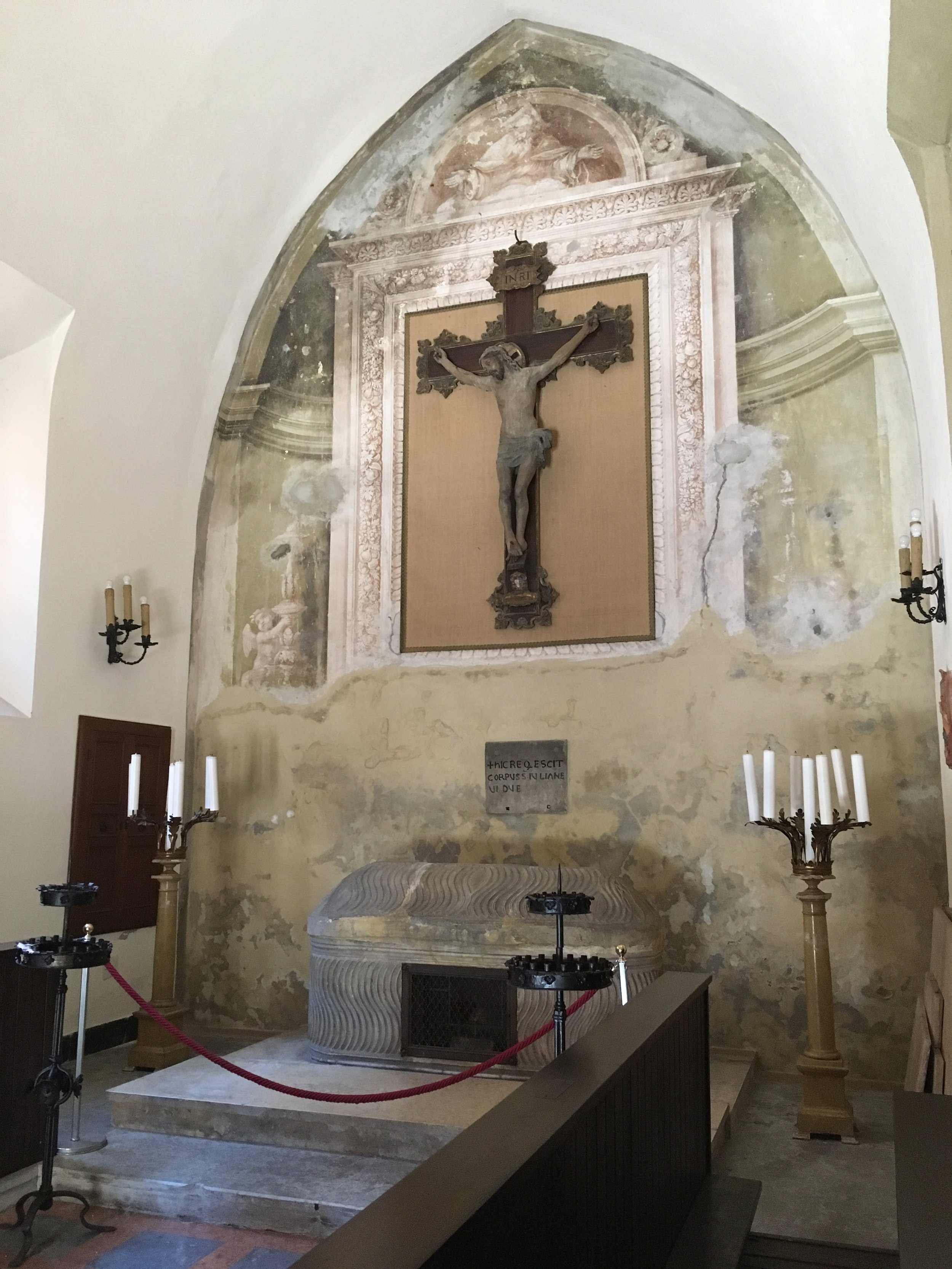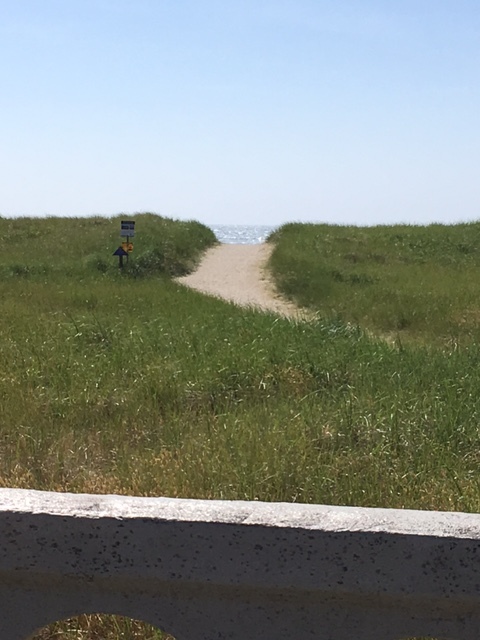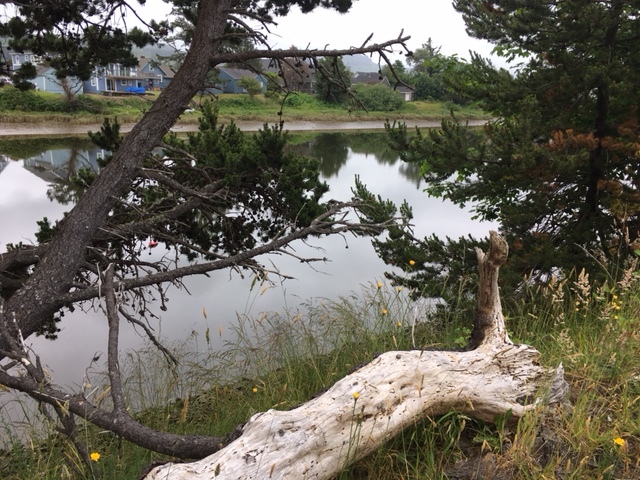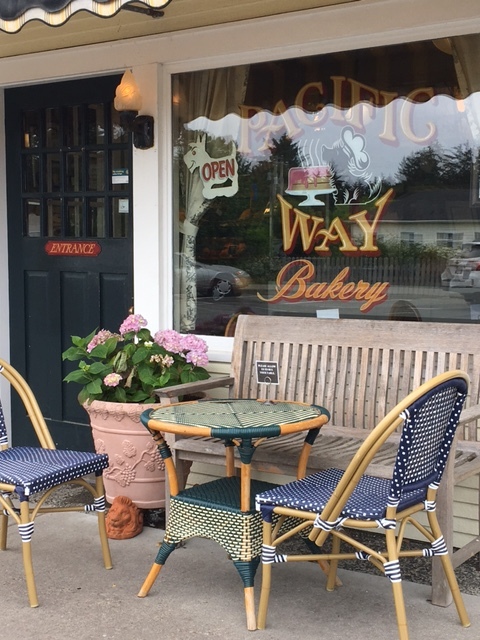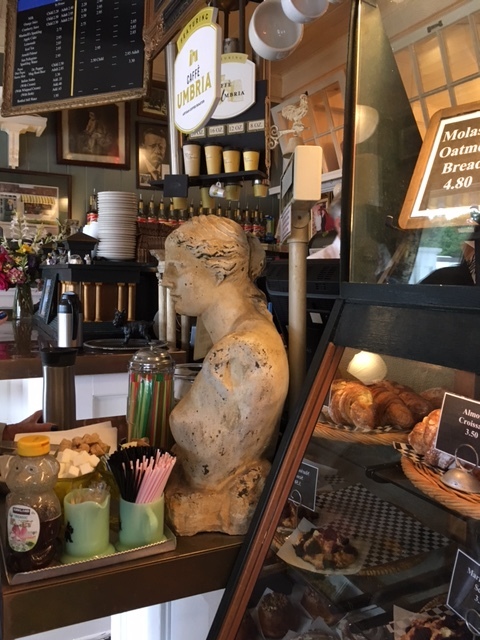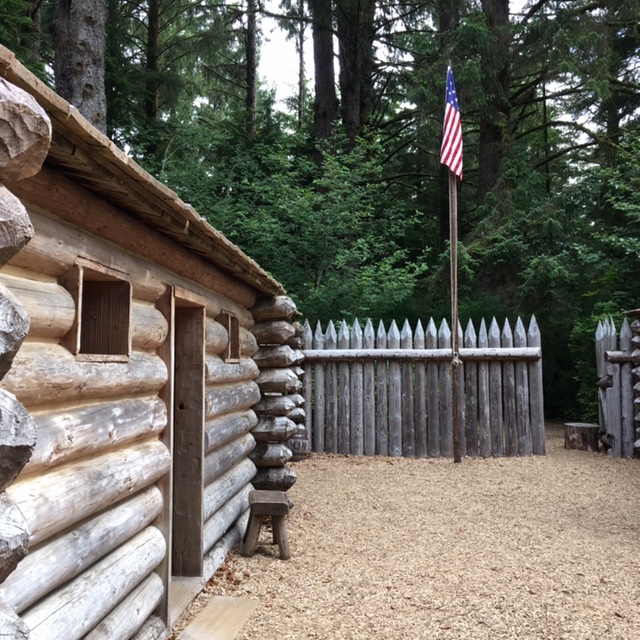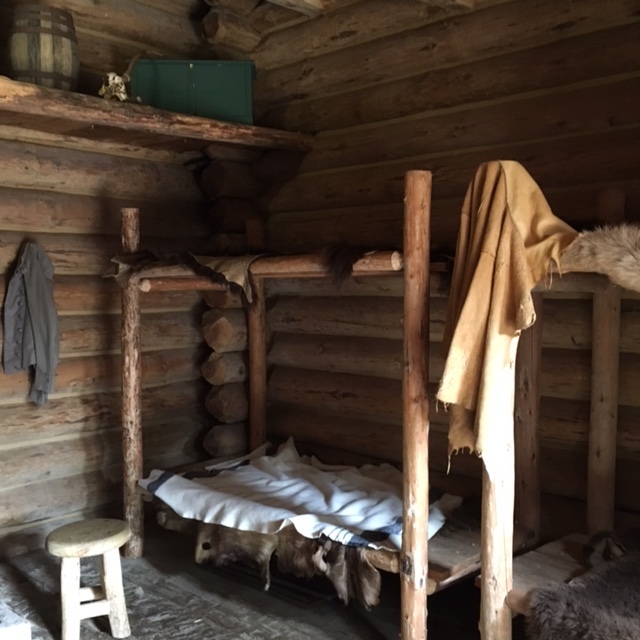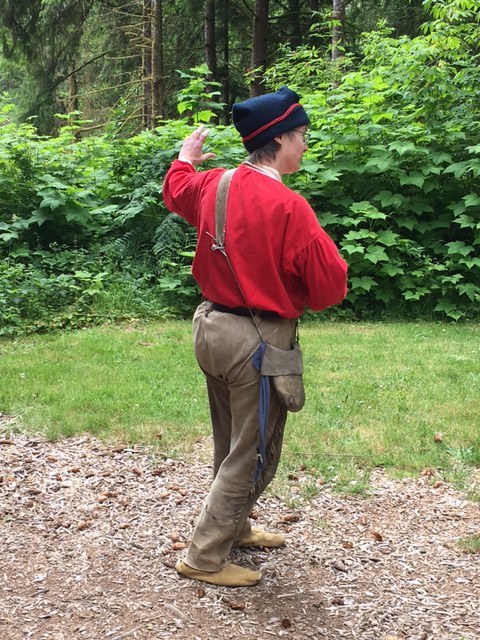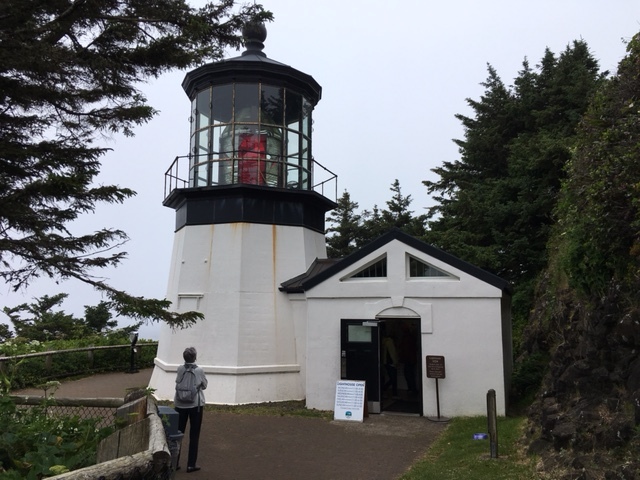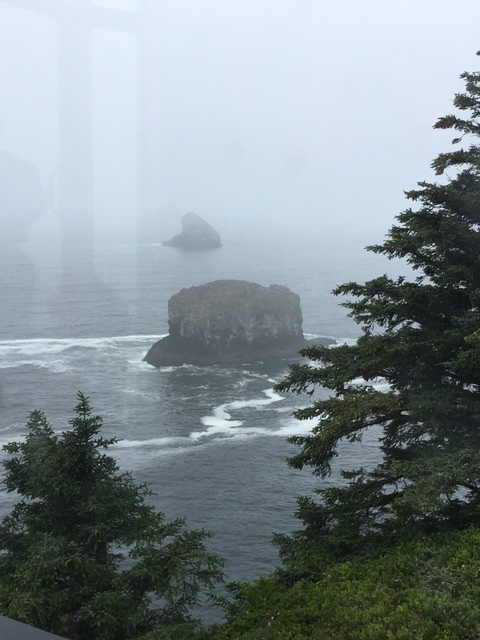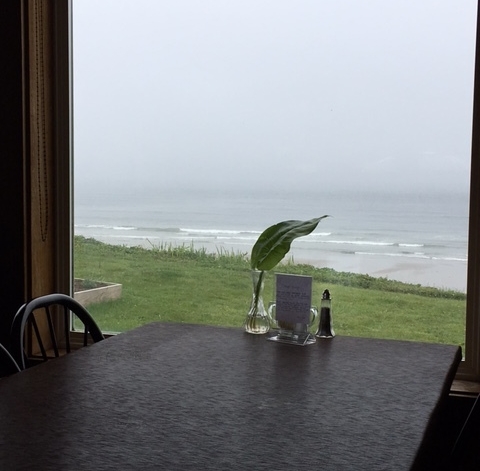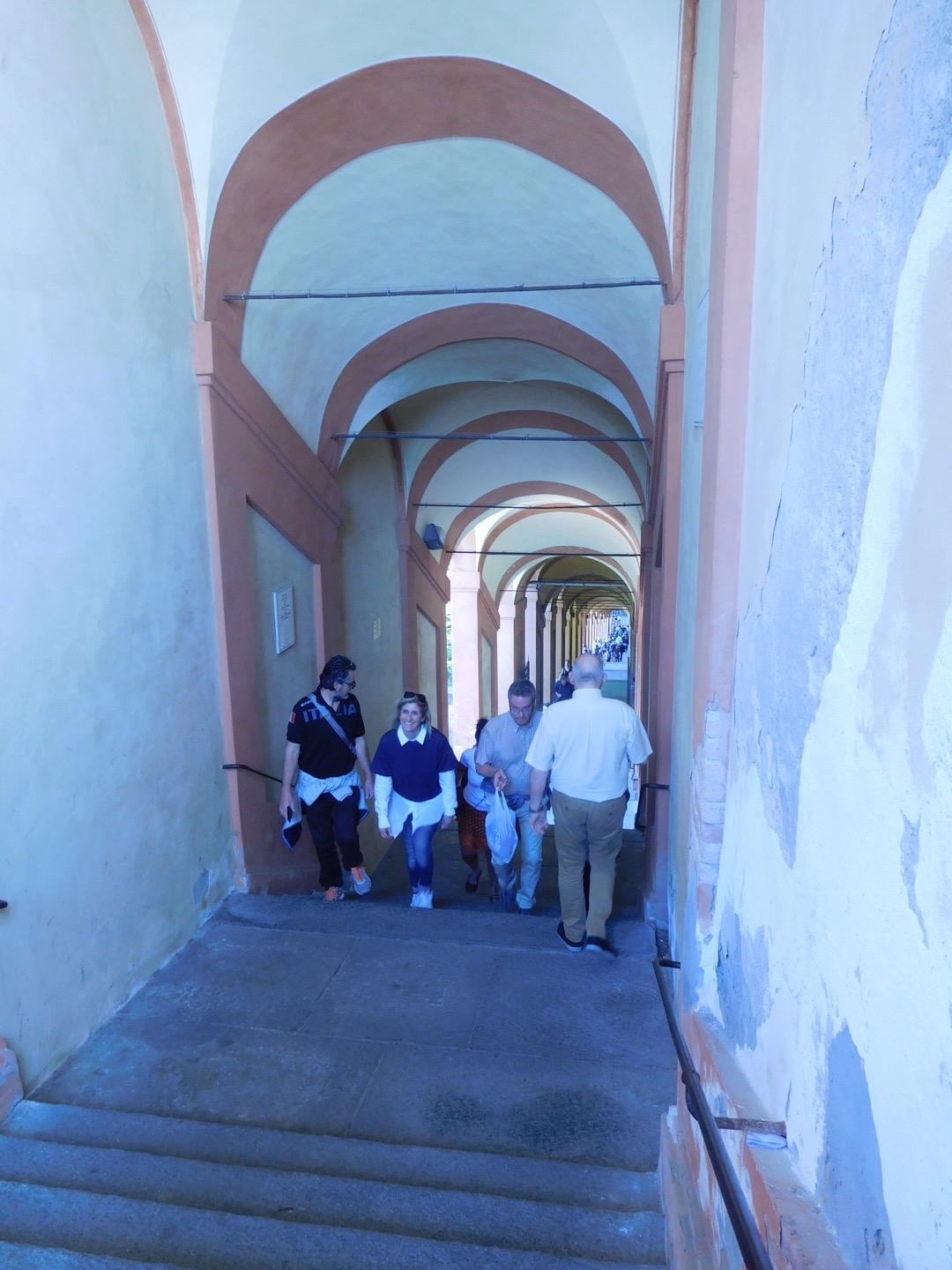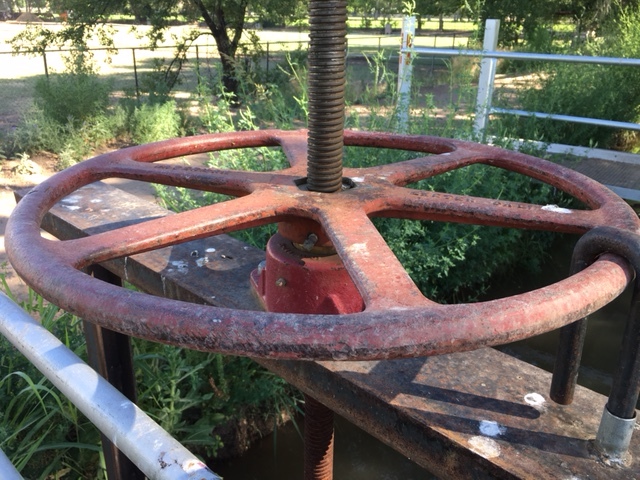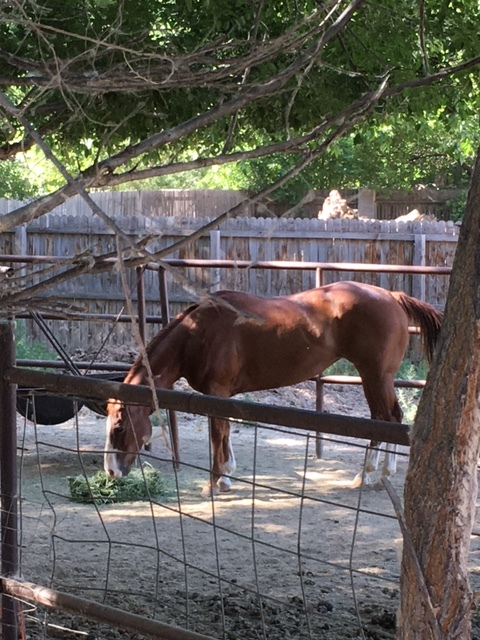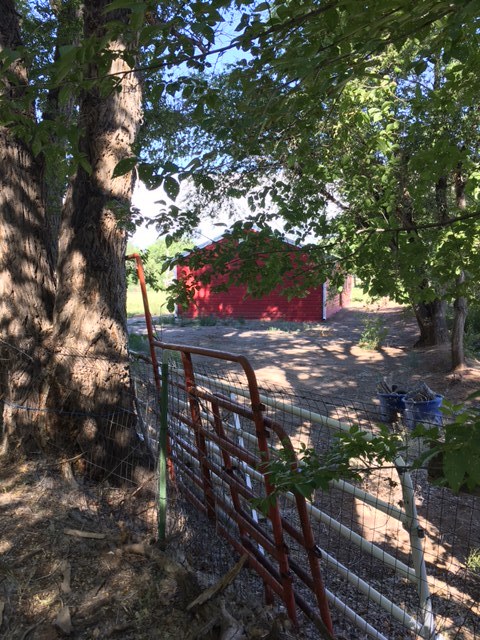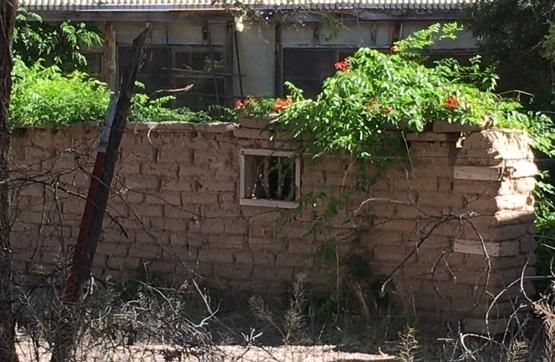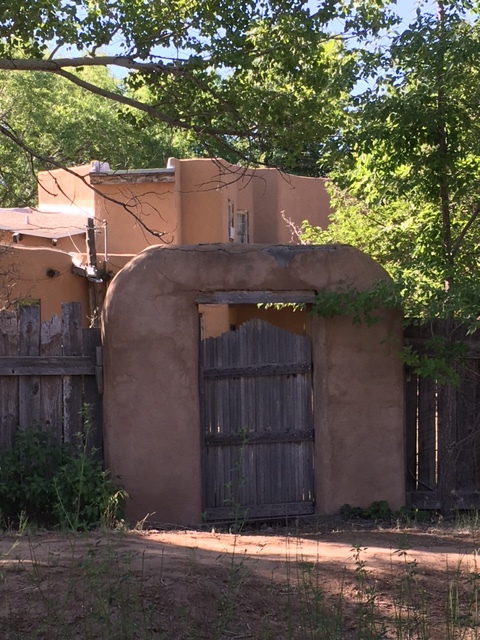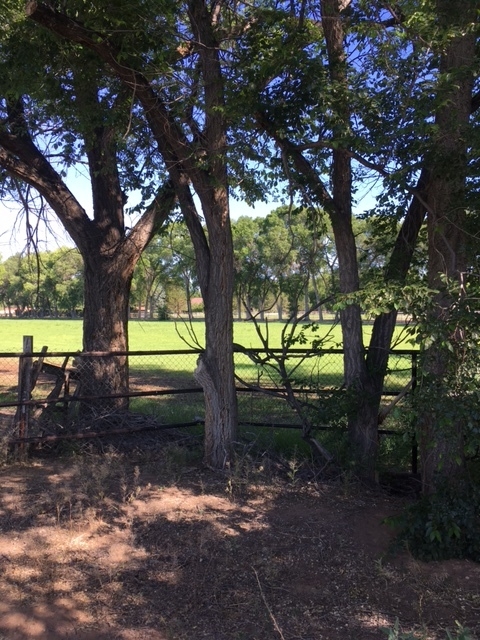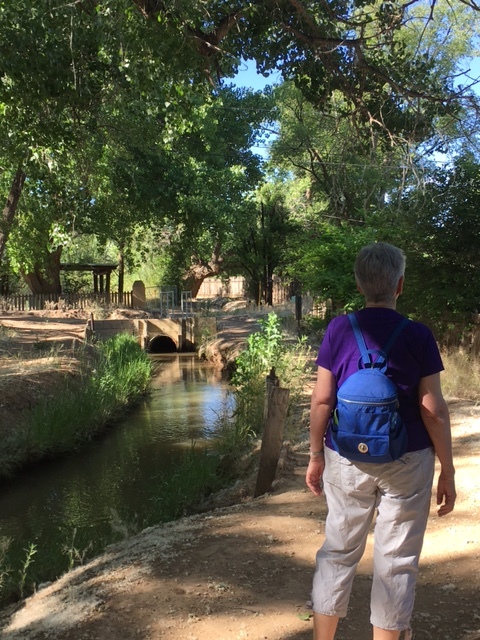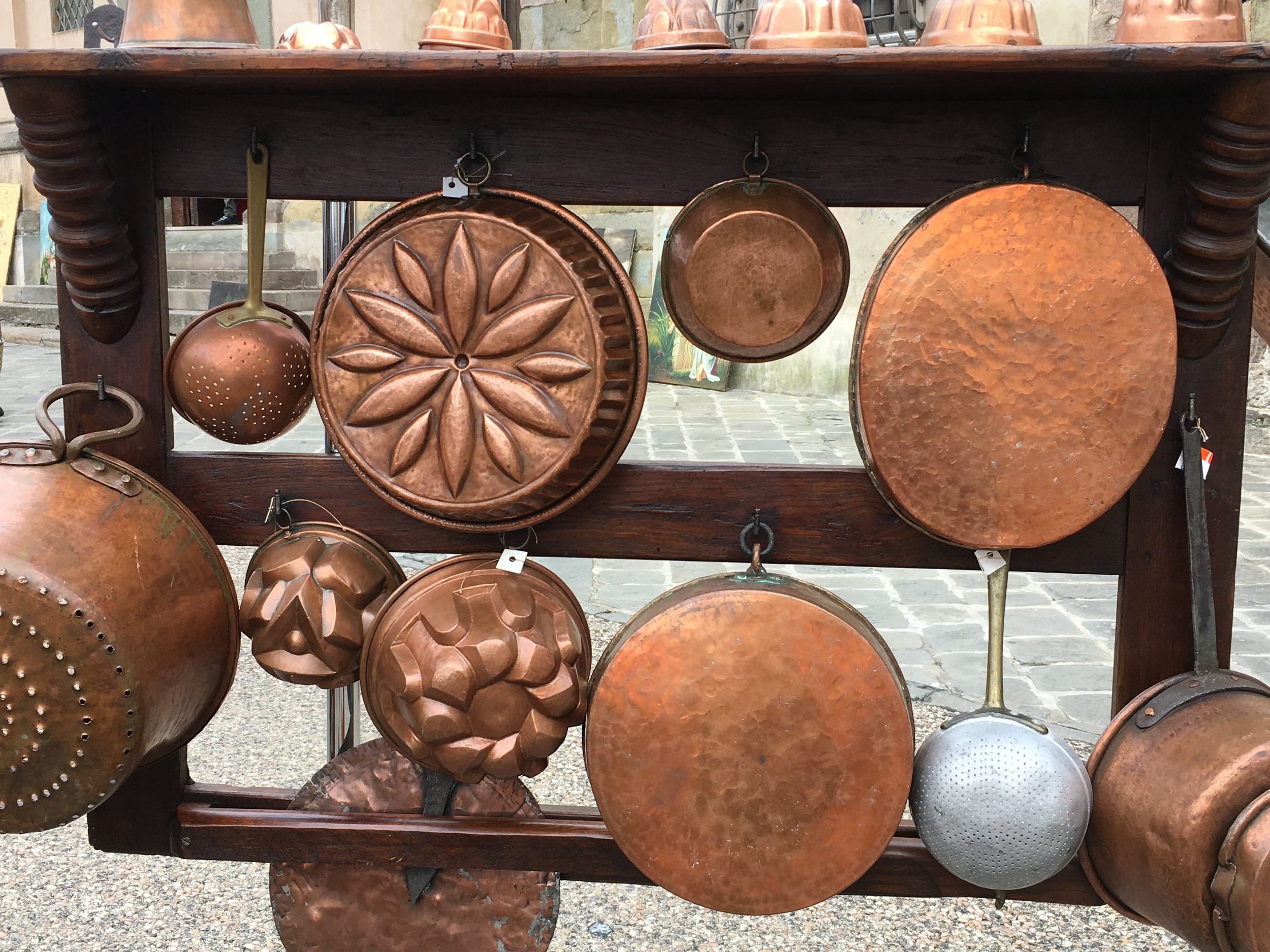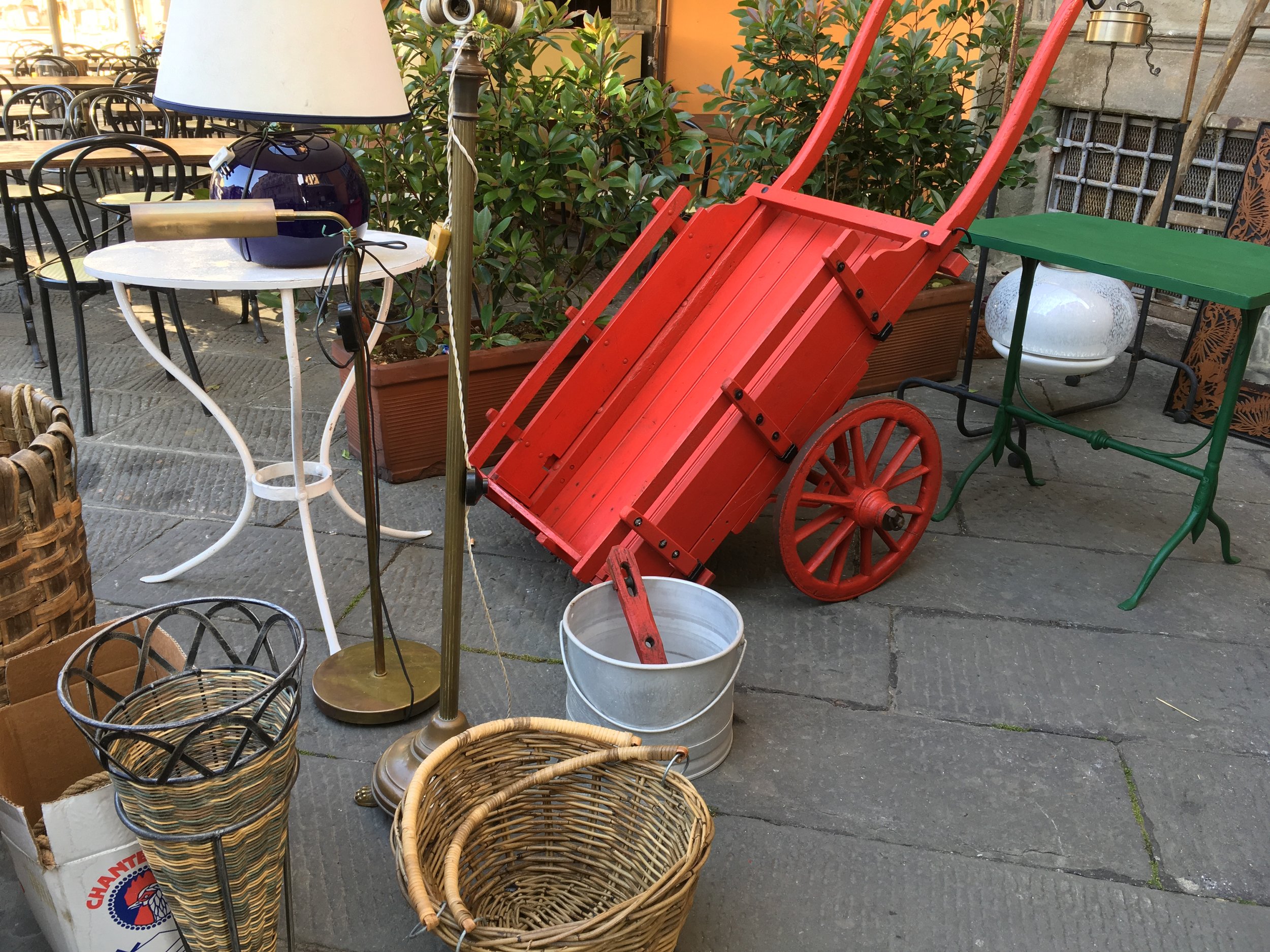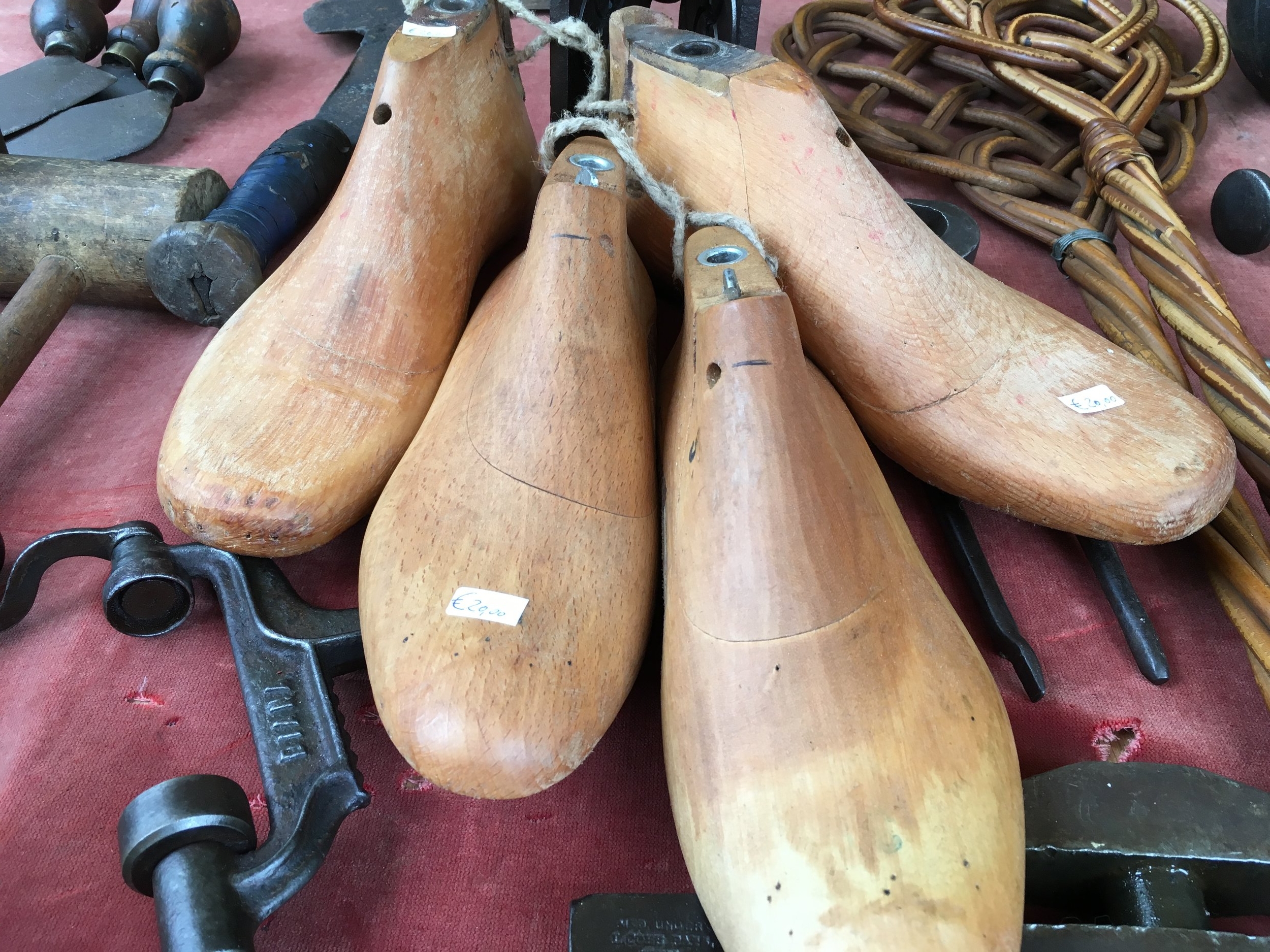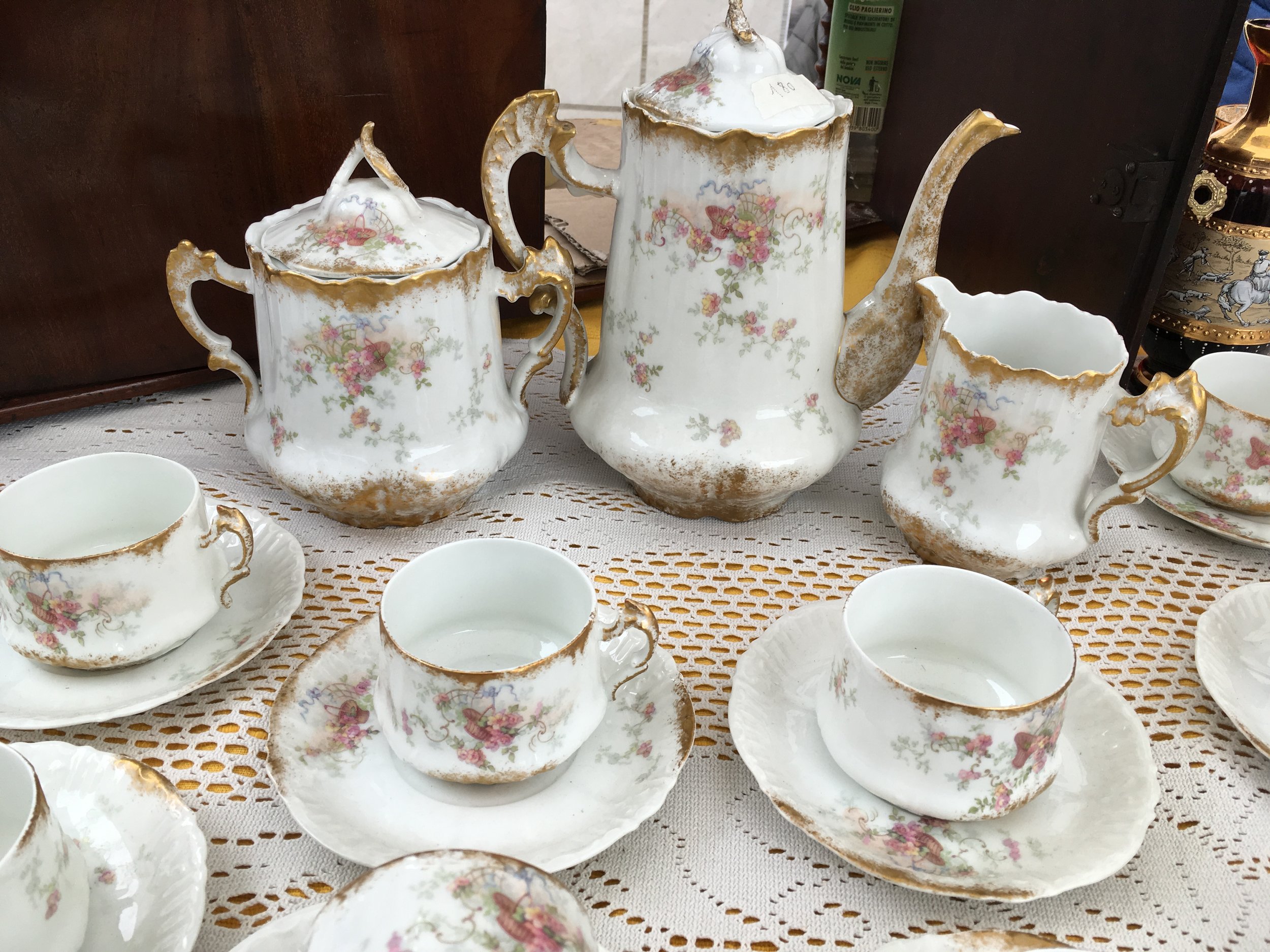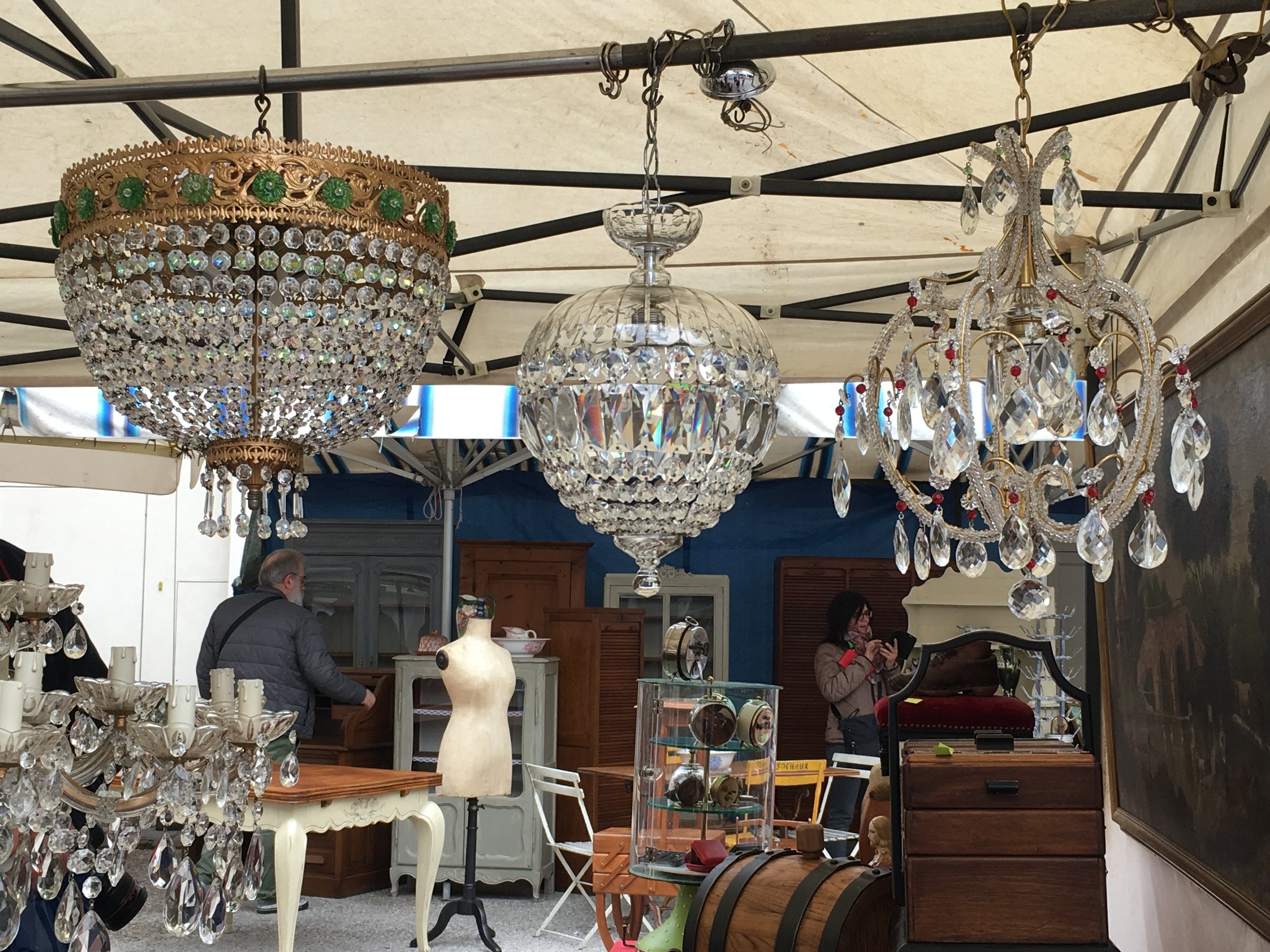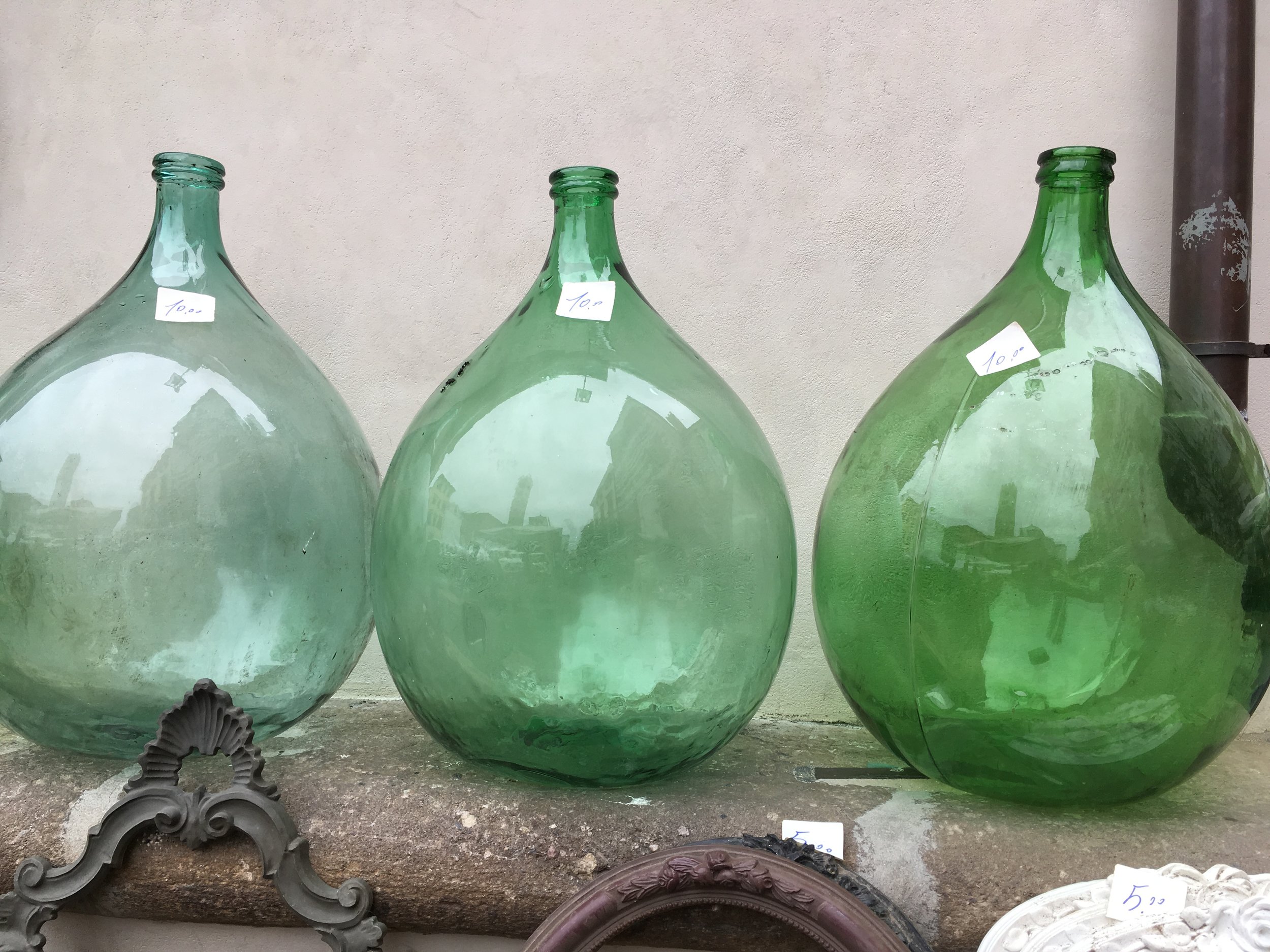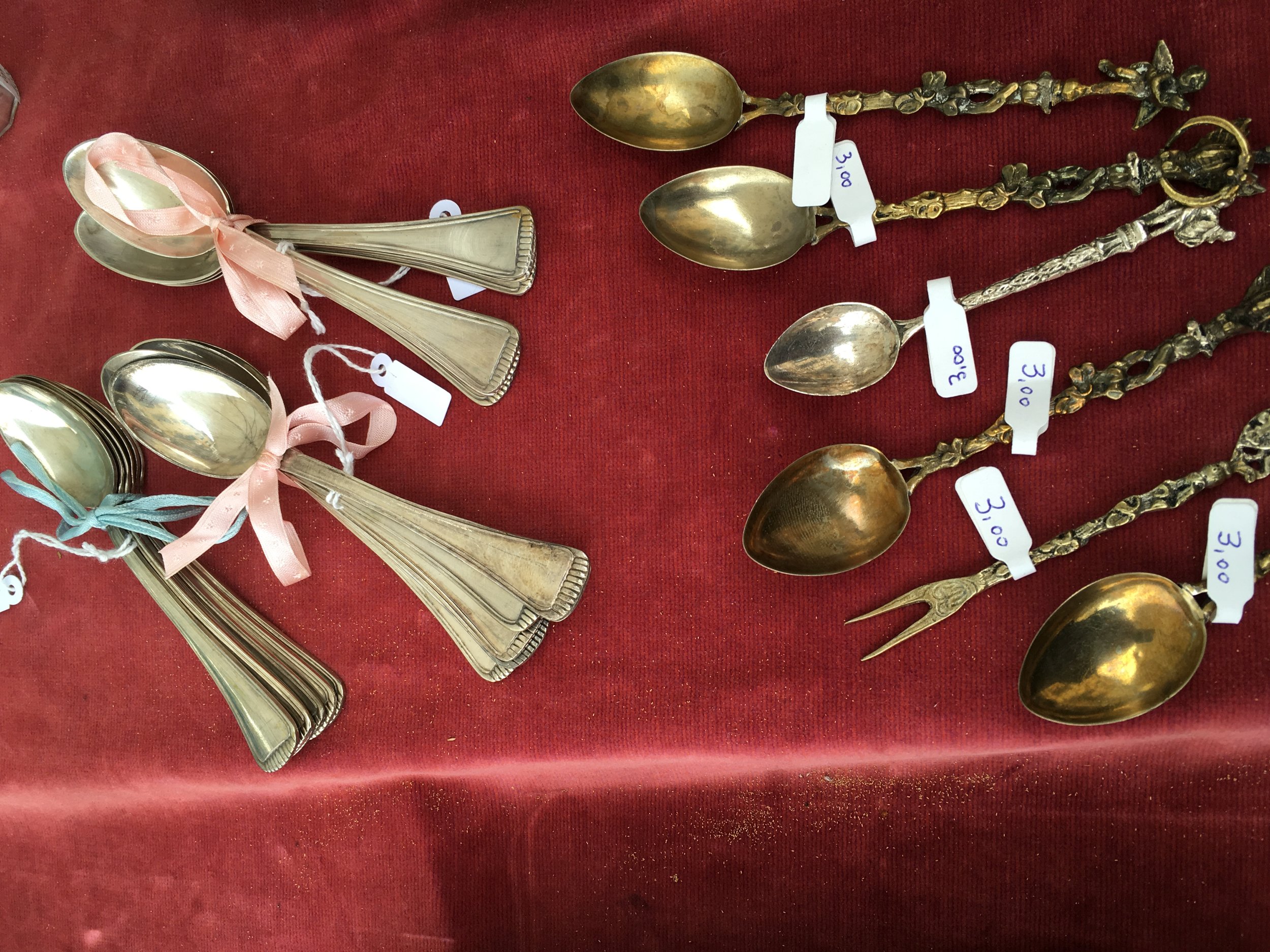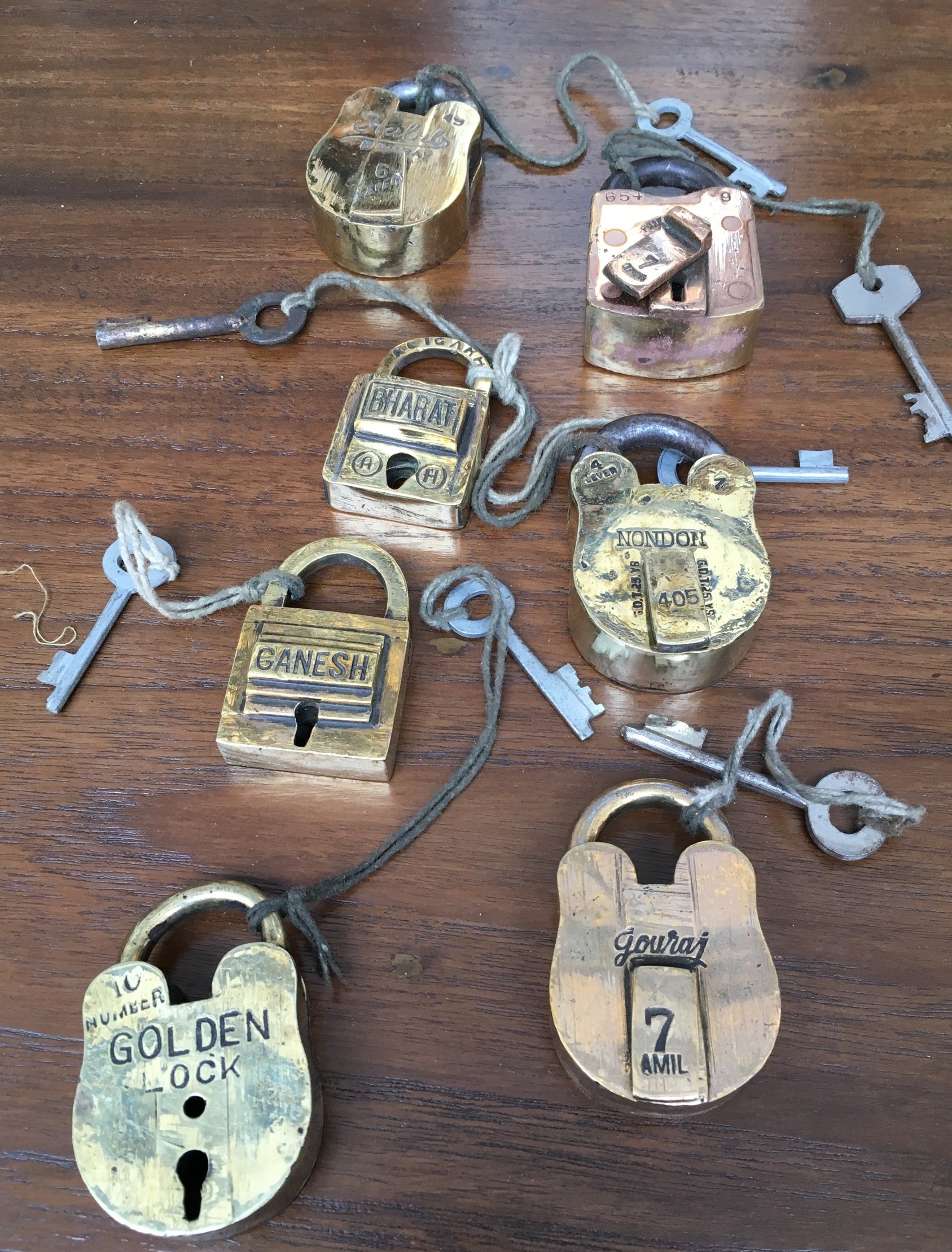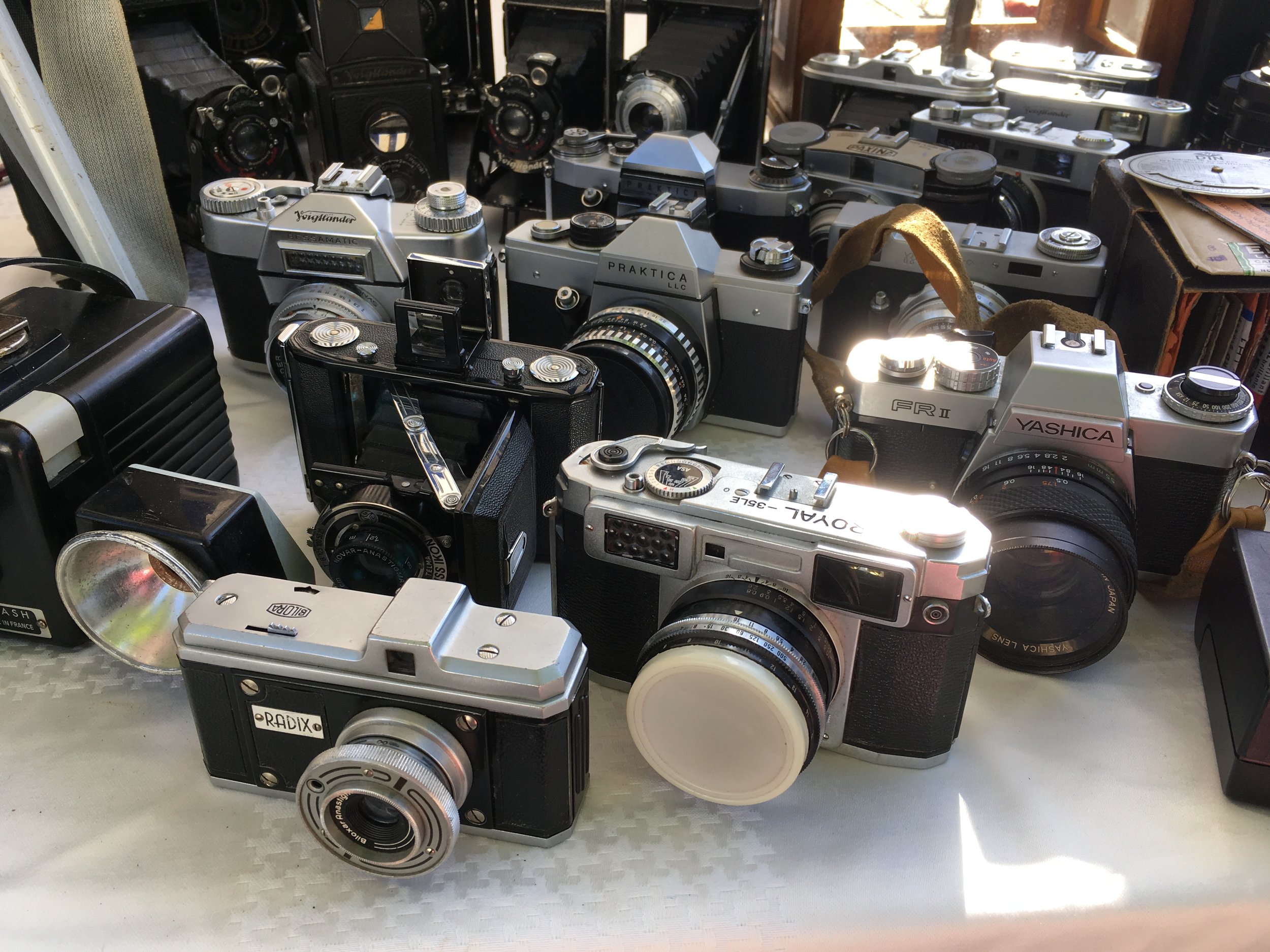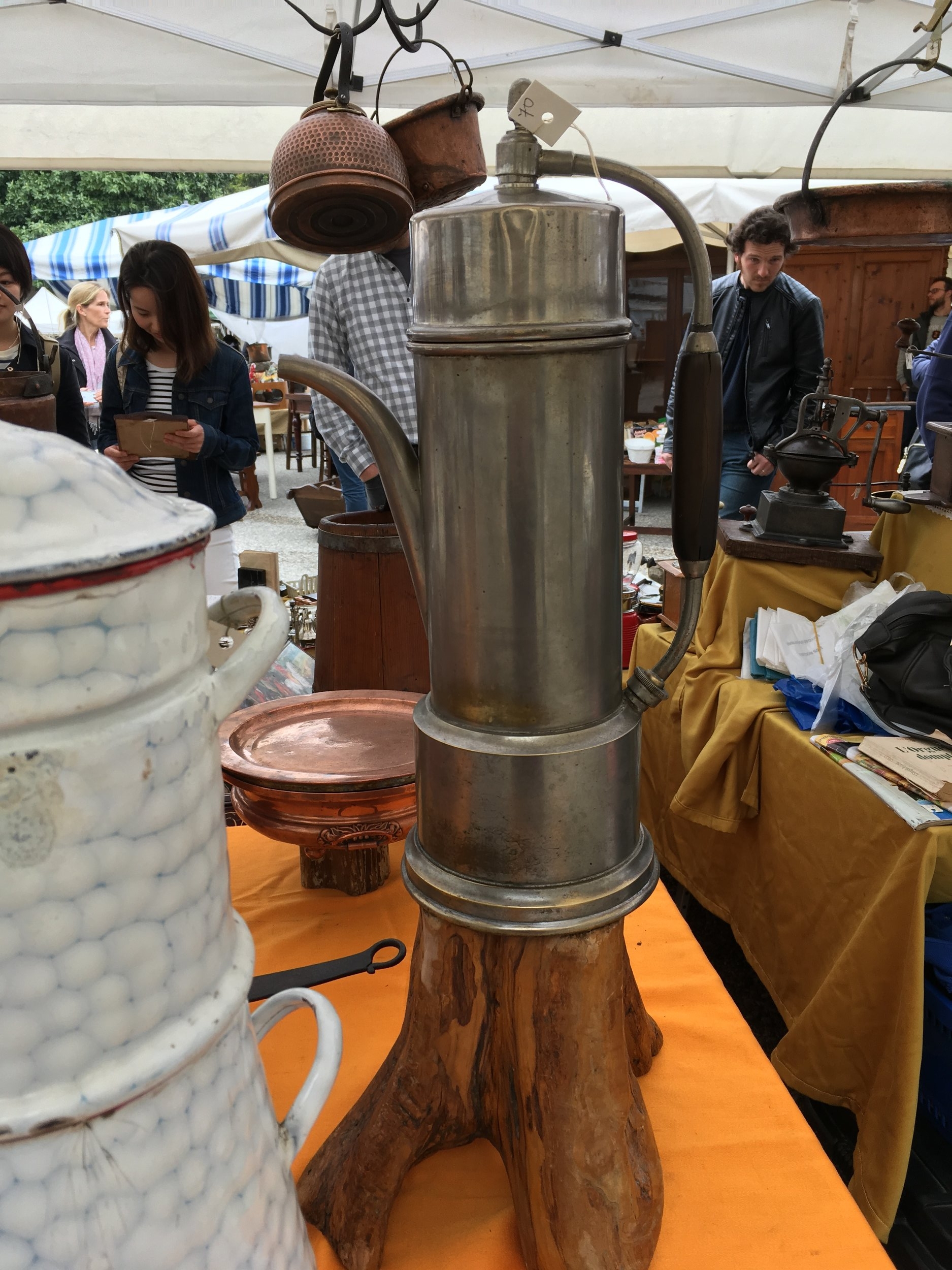The Seven Churches of Santo Stefano
Church of the Crucifix, Basilica of Santo Stefano, Bologna.
I'm drawn to churches in Italy. There is something peaceful and spiritual about them. The coolness, the quiet, the dim light, the candles - all invoke a sense of calm and of one's place in the greater universe. I've probably lit 1,000 candles in churches big and small all across Italy - a nod to my Catholic upbringing - somehow those small flames seem to guide hopes and prayers on their way.
And then there is the art. I love the fading frescoes, the sculptures, the biblical stories told in paintings, the carved crucifixes, the Madonnas. And while I don't consider myself particularly religious, I find all of these tremendously meaningful.
Intricate brickwork in the Pilate's Courtyard, between two of the churches in the Santo Stefano complex.
Perhaps the most amazing church I've visited in Italy isn't a single church at all but rather the Sette Chiese (Seven Churches) of the Basilica of Santo Stefano in Bologna. Parts of this series of interconnected chapels date to the 5th century and were likely built on the site of a fresh water spring and over a former temple to the Goddess Isis. Originally seven churches, changes throughout the centuries have resulted in the current four churches: Church of the Crucifix (the largest in the complex), Church of the Holy Sepulcher, Church of Saints Vitale & Agricola (local martyrs), and Church of the Trinity (or Martyrium).
Along with the four churches there are smaller chapels, the Pilate's courtyard with its intricate brickwork, a cloister with a central well and arcaded second story logia, and a small museum/gift shop.
Cloister Courtyard, Santo Stefano, Bologna
The whole series of churches is fascinating and each one is unique, but it was the Church of the Holy Sepulcher (the oldest part of the complex) that most intrigued me. It is a dark space, small and round yet quite tall with rising columns, arched windows high up in the cylindrical walls, and a domed brick ceiling. In the center is a carved stone structure that is part tomb (intended for the now absent Saint Petronio), part altar, part spiral staircase, all topped with a simple crucifix. There are beautiful stone carvings and a small opening into the tomb space itself (I actually watched a tourist climb into the tomb opening but I decided not to follow!). This space is mystical and somewhat eerie - the air just feels different in here, filled with a presence that is not quite visible. Perhaps it is the distant echos of those early worshipers.
Church of the Holy Sepulcher
The Basilica of Santo Stefano is about a 10-minute walk from Piazza Maggiore and sits on a lovely triangular piazza at the end of Via Santo Stefano. It offers a unique experience, different from some of the more famous churches in Italy which get considerably more visitors. Its a worthwhile stop on any visit to Bologna. -post by JB
